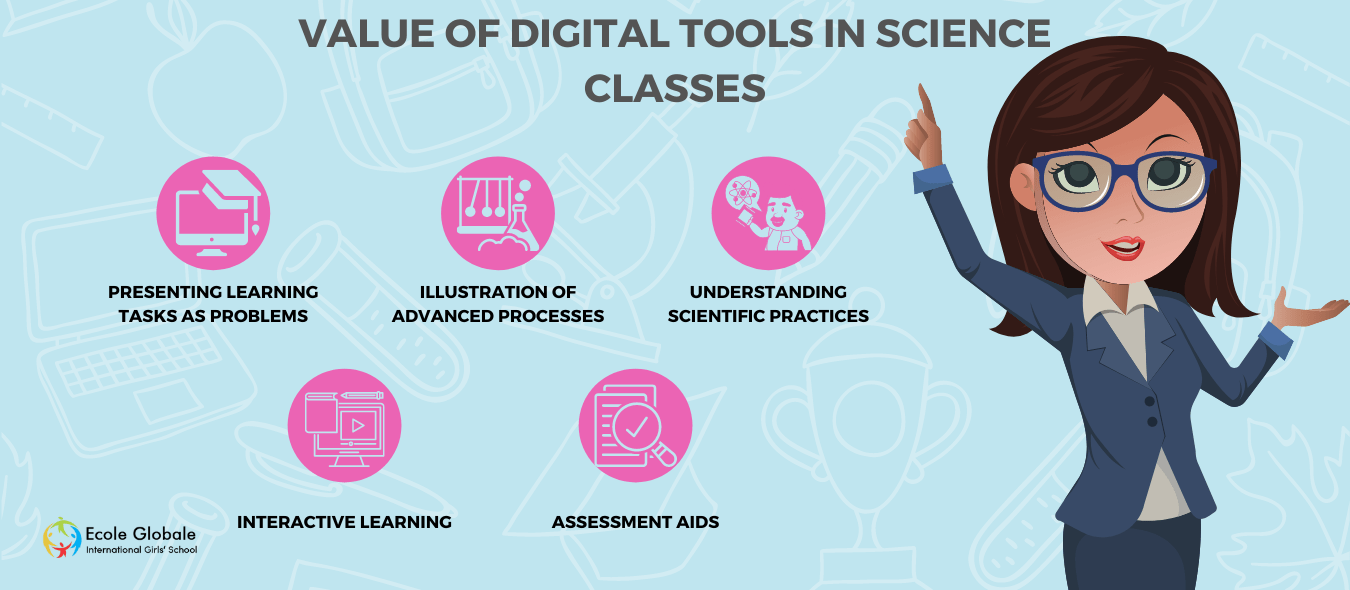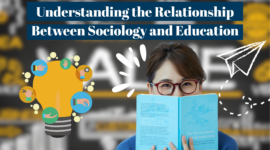The inclusion of digital technology in the education sector has produced many benefits over the years. Teachers and lecturers are significantly in favor of these technological aspects as they improvise the learning experience in the classrooms.
STEM education is an essential component of every educational institution. Mixing technology with science and mathematics instruction delivers a better understanding of the concepts among the students. It also promotes inquiry-based learning, collaborative learning, problem-based learning, and project-based learning. These learning practices build the integrative abilities of the students and help them in grasping things in a better way.
Basic STEM education is crucial for every person on this planet and various schools in Dehradun implement STEM education in their schools for better education. Today, all our surroundings and things are based on science and technology. By implementing these technologies in the classrooms, one can ensure good results and more student engagement.
Additionally, the education sector is striving continuously to get better and the support of technology has proven to be a great asset in proliferating the prominence of science among the students.
Understanding Scientific Practices
By providing the students the scientific atmosphere and confronting them to the practices followed by the scientists, teachers can increase their interest and attention towards science. Provide them opportunities to practice their talents and abilities to help them understand their potential in this particular field. Help them access the technologies like microscopes, computer scanners, scientific software, etc. With real-life hands-on experience, students will be able to better relate to scientific practices.
Role-playing is another great method of familiarizing the students with the events followed in the science field. Digital technologies act as a great help in this process. Virtual reality helps a student experience various things. For example, teachers can encourage the students to play surgery games that involve them using different tools, conduct experiments, and discover the functionality of the components. By operating in these digital situations, students get to observe various science-related circumstances, skills, and procedures. This helps in increasing their scientific understanding.
Presenting Learning Tasks As Problems
The technique in which the learning tasks are presented in a problematic way to the students is known as problematization. Problematization is a fantastic way of developing the problem-solving, critical thinking, and decision-making skills of the students. When a student works on a problem to solve, they get a better understanding of the things and the retention of the concept is also better.
Digital structures that can be utilized in this process contain rea- time problems and has tutorials and help- buttons for assistance. When students engage in these open-ended and problem-based applications, they learn better and also develop their analytical thinking abilities. Tutorials will help the students to identify the problems and deepen their digital learning understanding. Several schools in India and different parts of the world use the problematization techniques for their students so that they can learn faster and understand things in a better way.
Illustration Of Advanced Processes
Science is advancing every passing day and to keep up, the students need to be updated with the latest technical evolutions. Digital technologies can immensely help the students to understand and learn about advanced scientific and technological practices.
Reading something from the textbooks about some things, may not provide us with the most accurate information. Digital structures help in establishing a visual learning process, that helps the students get a better idea of the concepts and theories being taught in the classrooms.
For example, students can learn about the genetic processes better when provided with a motion picture about the same. Just reading the theory written in the book is very monotonous and less attention-grabbing for the students. Different technologies are also available, specifically designed for teaching particular things to these students.
Interactive Learning
An important element in learning is interaction and digital technology is well-versed in this area. Digital technology provides students various opportunities to engage in the processes like collaboration, discussions, and inquiries. Students get to present their opinions and perspective on things. Academically, this is a great tool for gravitating understanding and communication between the students and the teachers, ultimately yielding great results.
Assessment Aids
Assessment of a student gives them an idea of their performance and potential. For STEM education, assessments play a huge role. Digital structures provide a great way for teachers to access the students based on their scientific understanding of things and also recognize their strong and weak points.
These assessments can be in the form of quizzes, multiple-choice questions, science exhibitions, model-making, etc. Real-time situation analysis is also available in various digital platforms, that can act as a great tool for scientific learning.
Education and technology cannot be separated in today’s times. Digital tech is prevalent in the science field and extending it to the education sector will create great benefits in the times to come.









